Residents of a rural town find themselves grappling with strange occurrences thanks to the presence of an underground particle accelerator in the new series Tales from the Loop, inspired by the stunningly surreal neofuturistic art of Swedish artist/designer Simon Stålenhag. The eight-episode series was originally slated for a limited premiere at SXSW last month; the coronavirus pandemic scuttled those plans, along with our collective social lives. But now everyone can watch the series on Amazon Prime, and I highly recommend that you do so. It's visually arresting, with powerful performances from a very talented cast, and brings out the underlying humanity and hope of all great science fiction.
(Mild spoilers below.)
Tales from the Loop has its roots in Stålenhag's 2014 narrative art book of the same name. That book, and 2016's Things from the Flood, centered on the construction of a fictional particle accelerator dubbed "the Loop" and its impact on the surrounding people and environment. (A third book, The Electric State, focused on a young girl and her robot companion traveling across the western US, which in that reality is known as Pacifica.) A child of the 1980s, Stålenhag grew up on the rural outskirts of Stockholm, a witness to the decline of the Swedish welfare state. That sense of decline infuses his Loop-based work, which sets rural settings and easily recognizable common objects like Volvo cars alongside mysterious structures and mechanical robots.
In 2017, Stålenhag collaborated with Nils Hintze and game writer and author Matt Forbeck to produce a Kickstarter-funded science fiction tabletop role-playing game, also called Tales from the Loop. The hit Netflix series Stranger Things had debuted the year before, whetting people's appetite for '80s nostalgia, and the RPG reflected that sensibility. The game's alternate reality was set in the 1980s, just west of Stockholm. (A second setting, in a city based on Boulder City, Nevada, was added once stretch goals had been reached.) The story focuses on a group of kids between the ages of 10 and 15 tasked with solving Loop-connected mysteries, and players choose to play as Types: Bookworm, Computer Geek, Weirdo, Jock, or Hick, for example.
"I saw a chance to tell poignant human stories with a bit of hope in them."
In other words, the RPG leaned heavily into the Stranger Things ethos. So it was both surprising and gratifying to discover that the TV adaptation hews more closely to the mood and tone of Stålenhag's original work. It's more reflective, occasionally somber—thanks in part to a recurring understated piano theme by composer Philip Glass—focusing more on quiet emotional moments than technological wizardry or intense action.
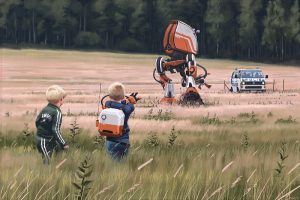
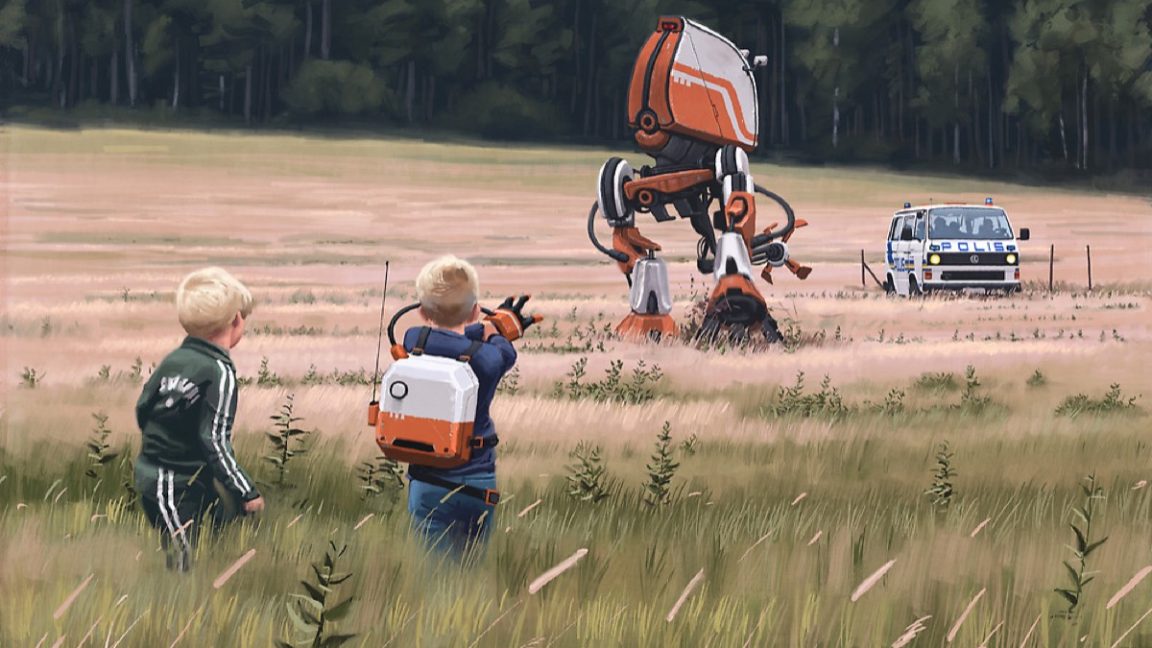
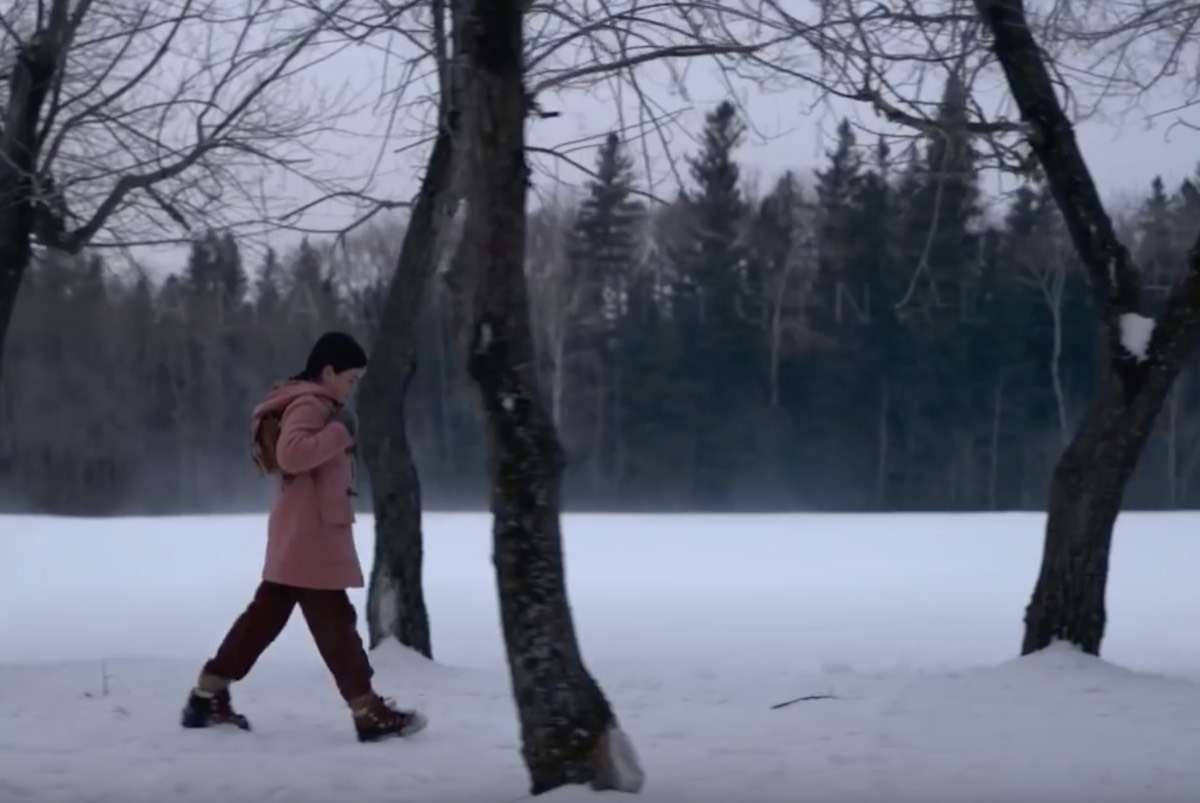
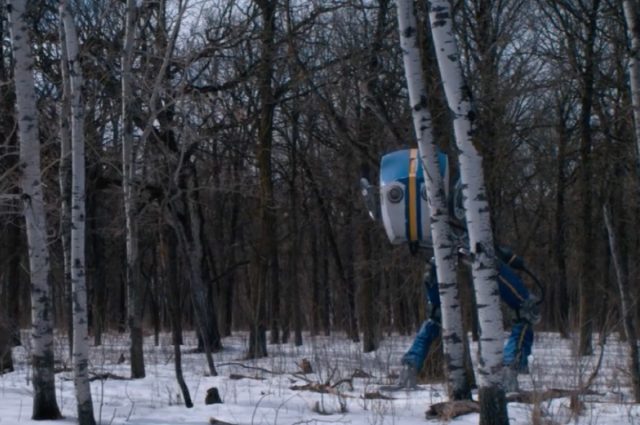
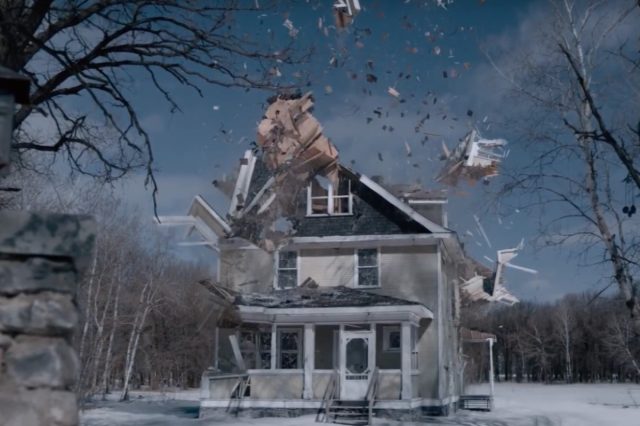
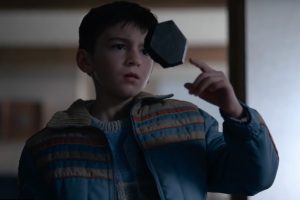
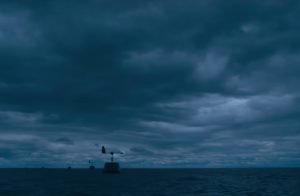

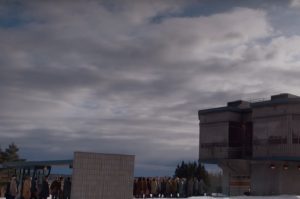
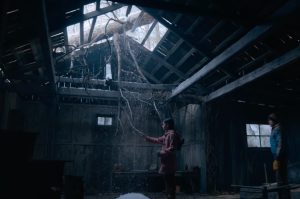
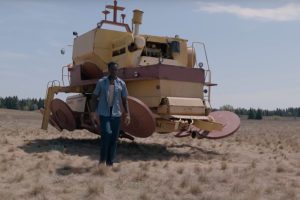
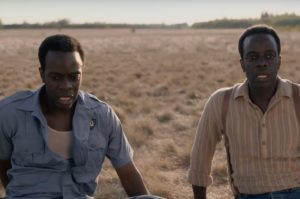
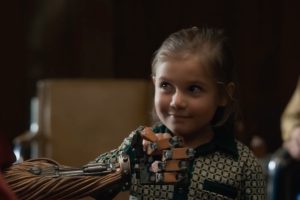
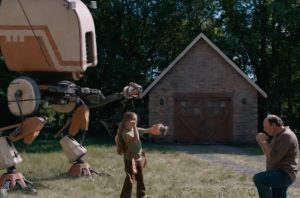
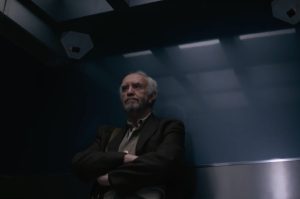


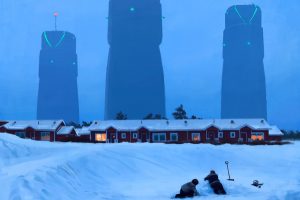
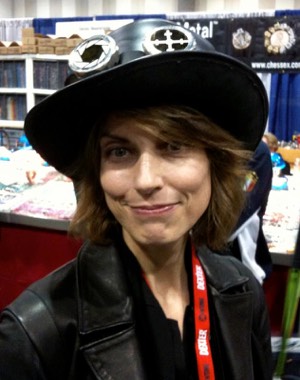
 Loading comments...
Loading comments...
